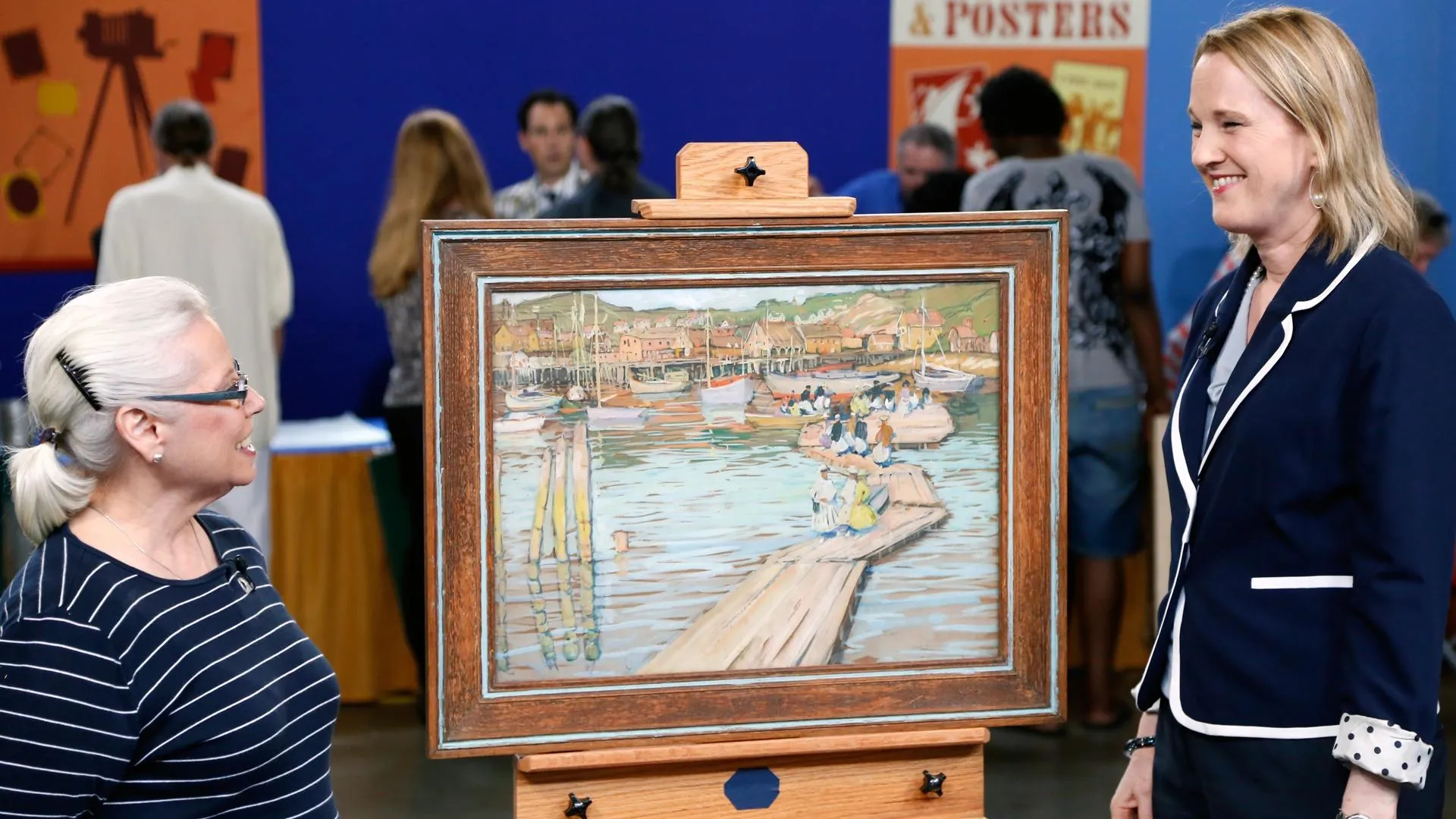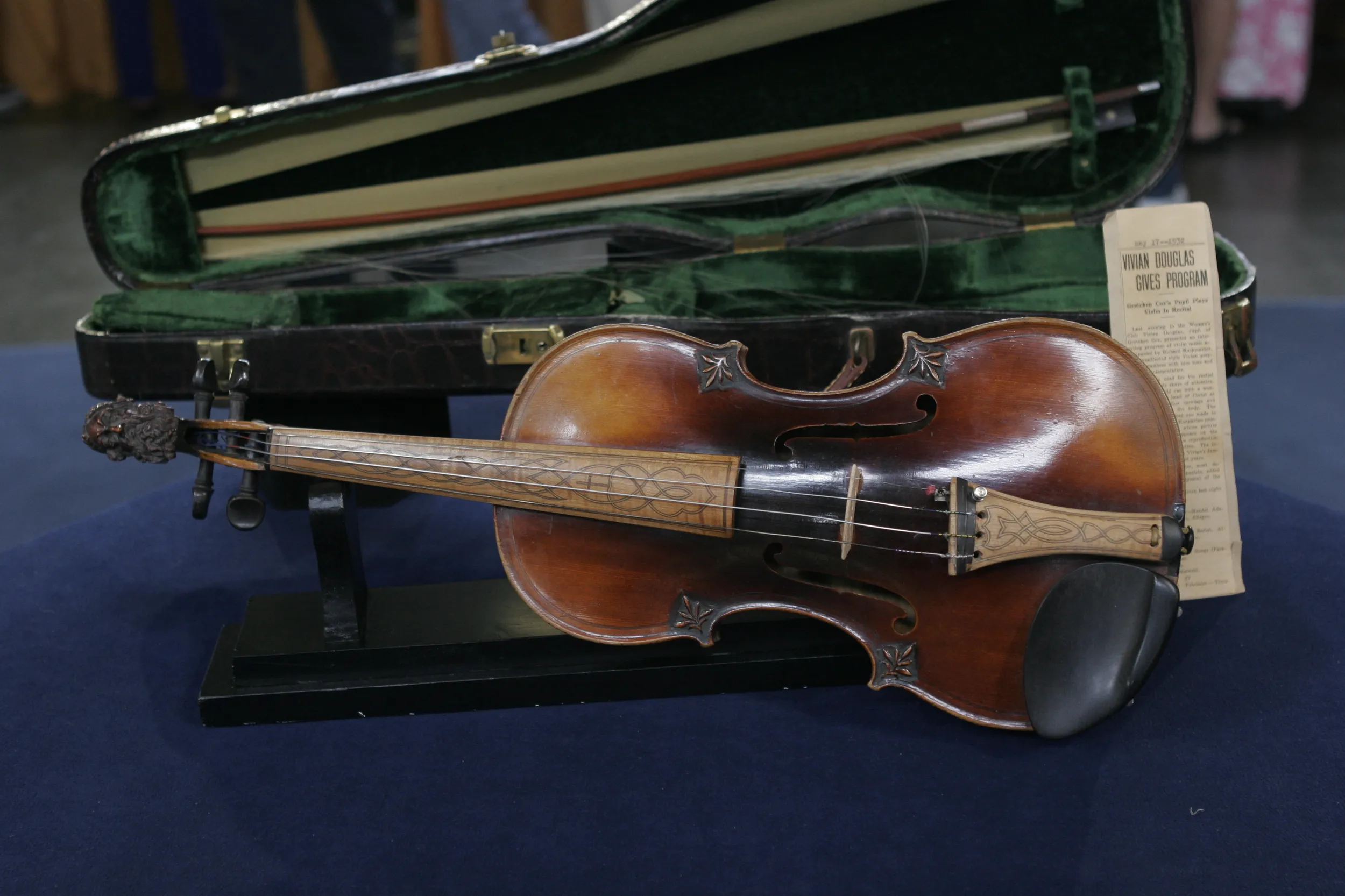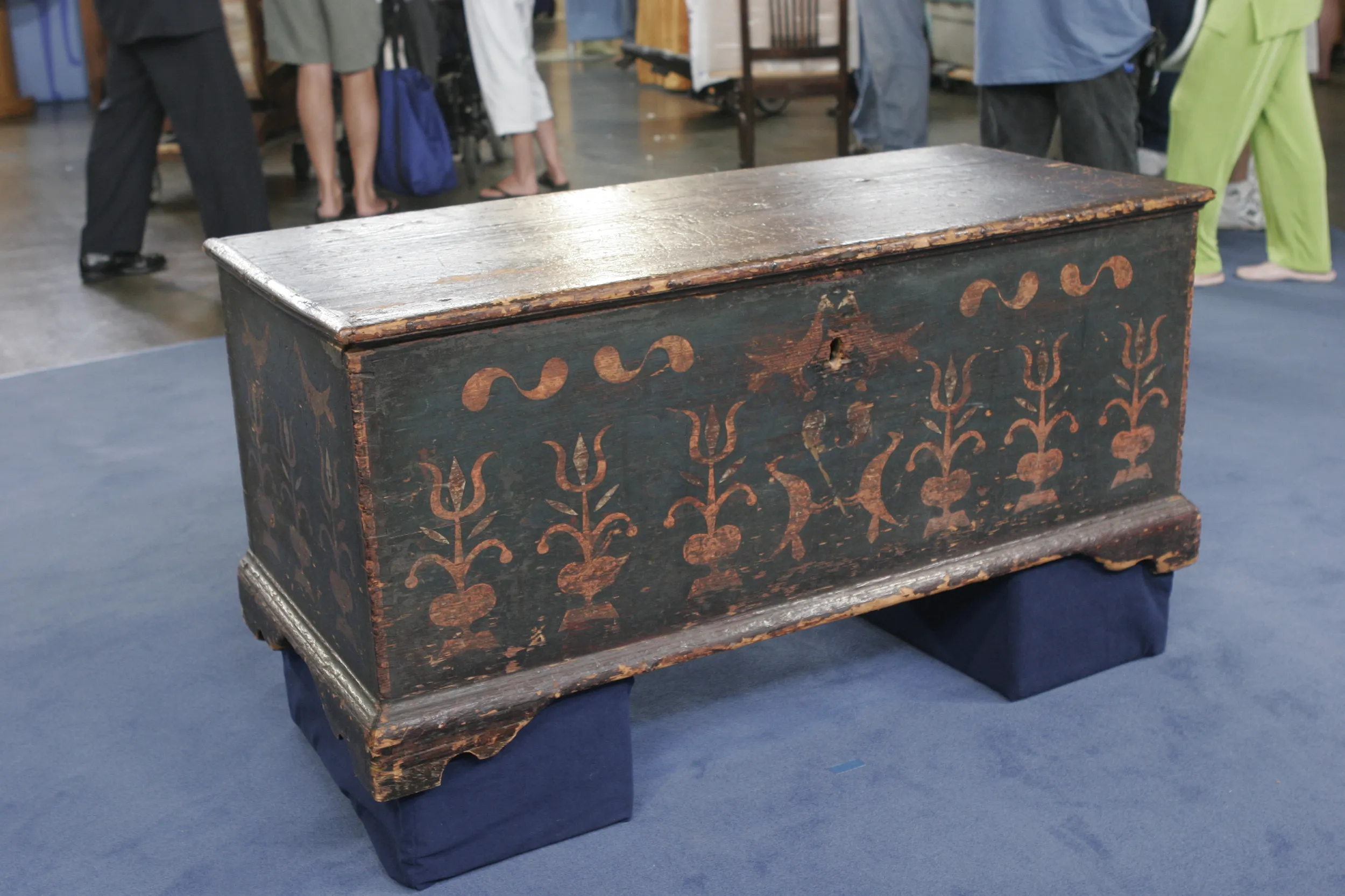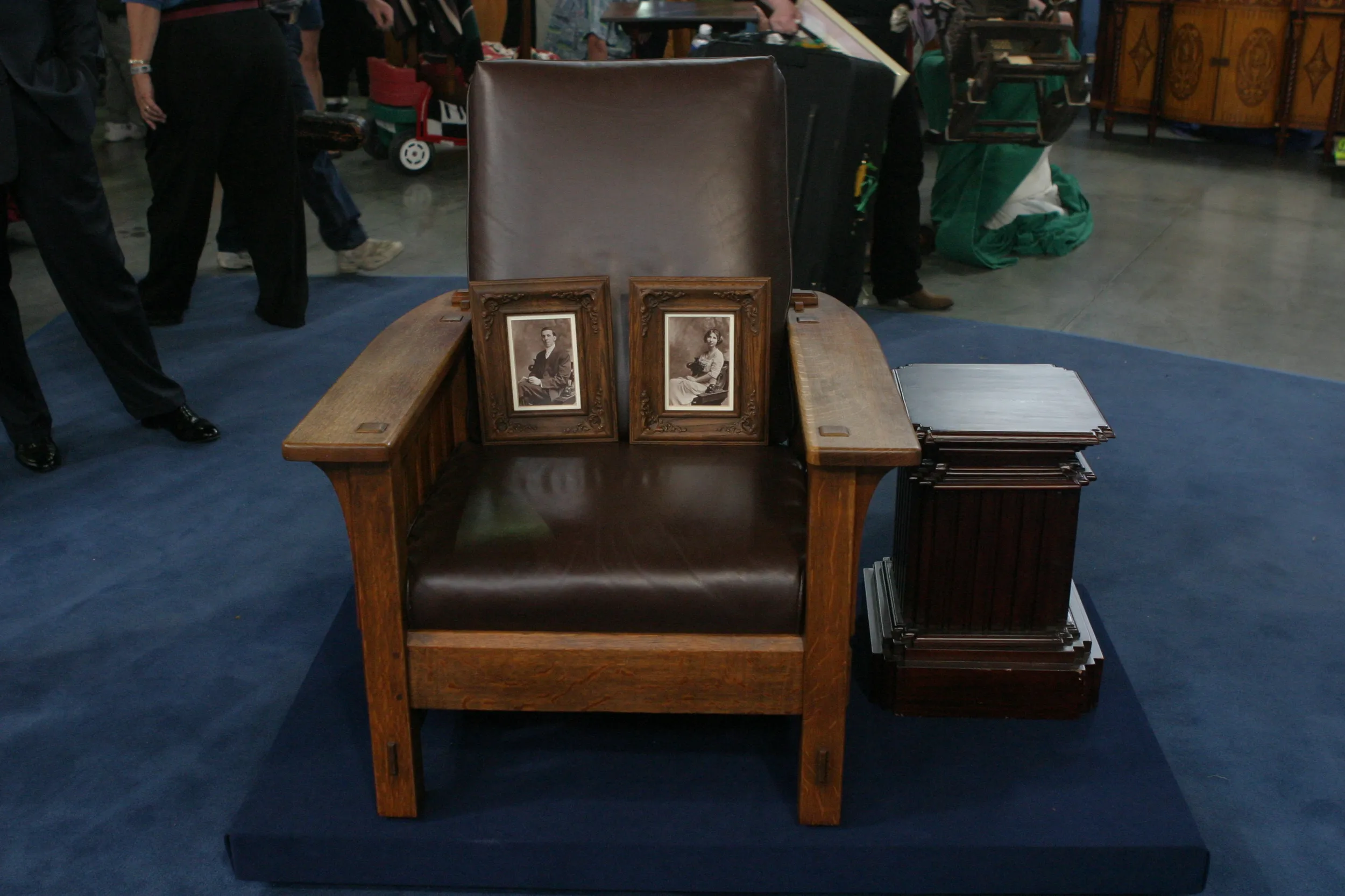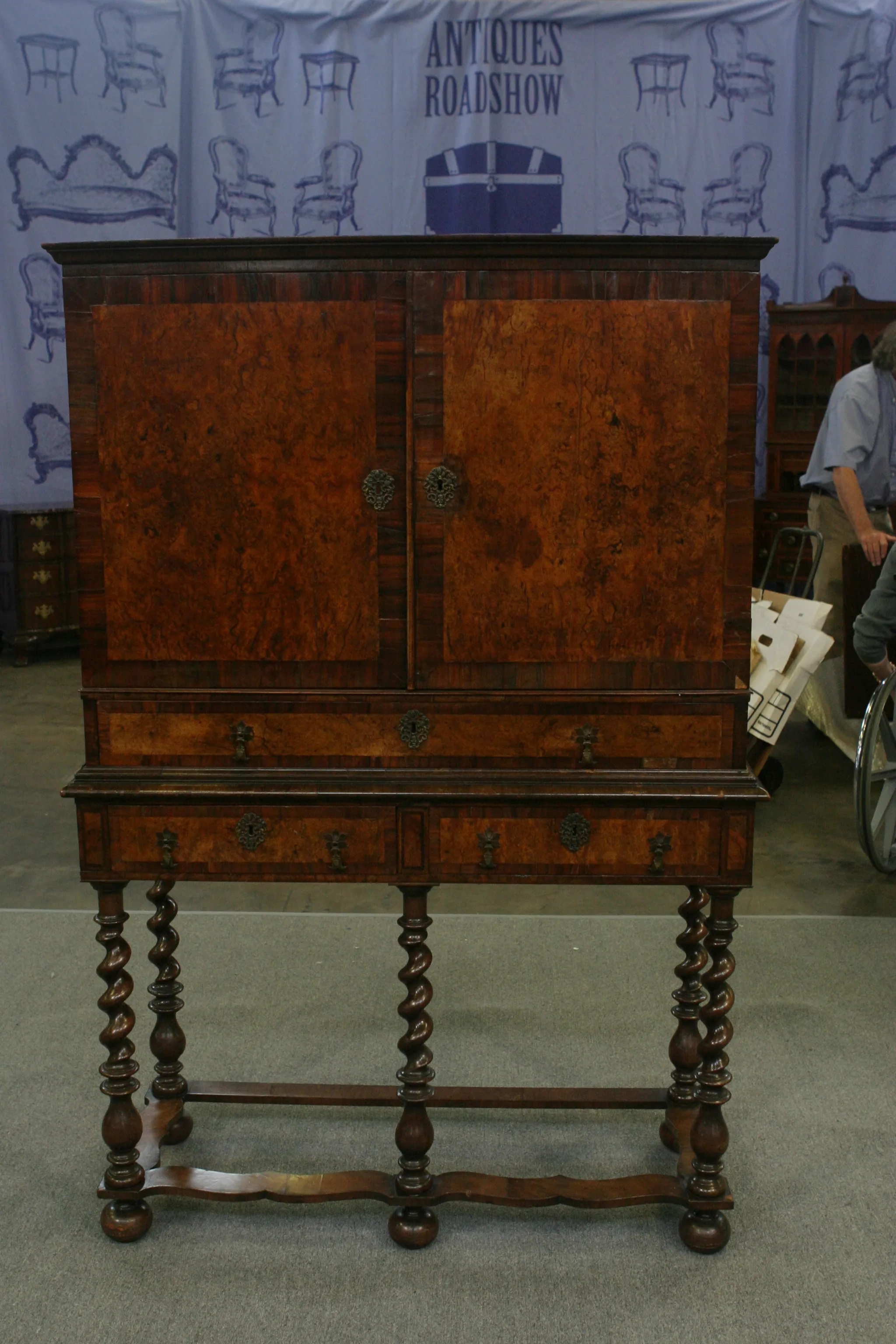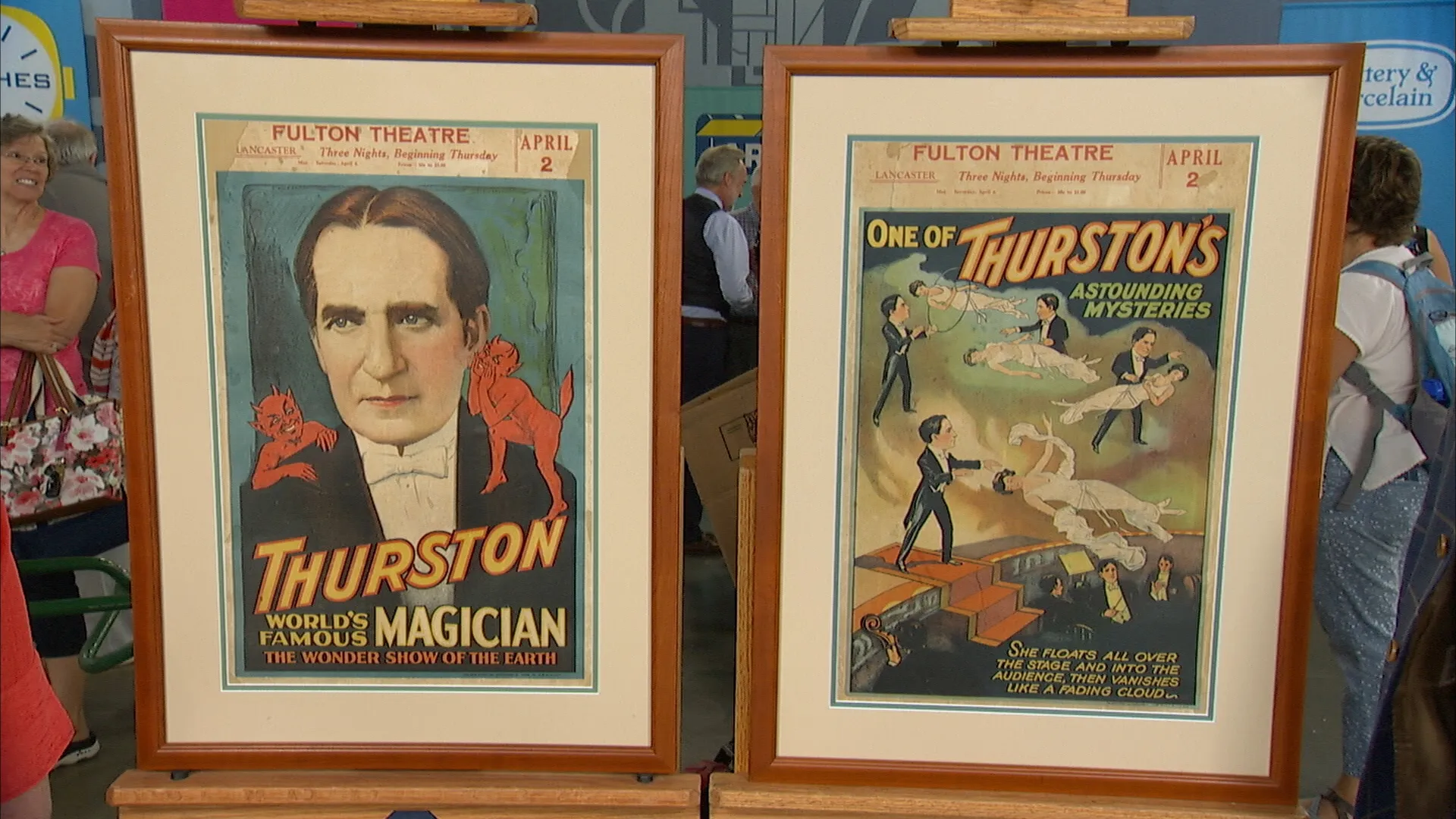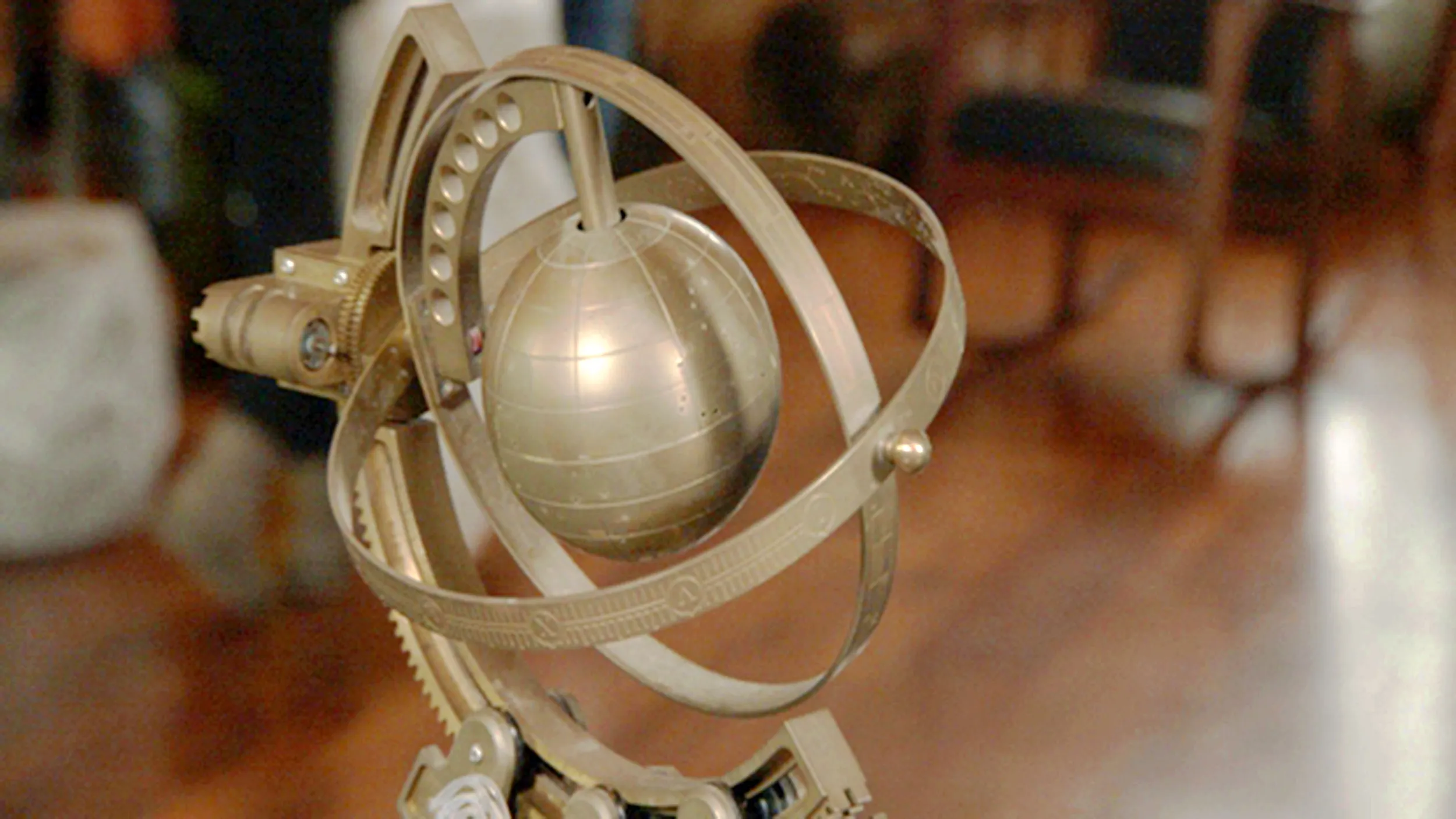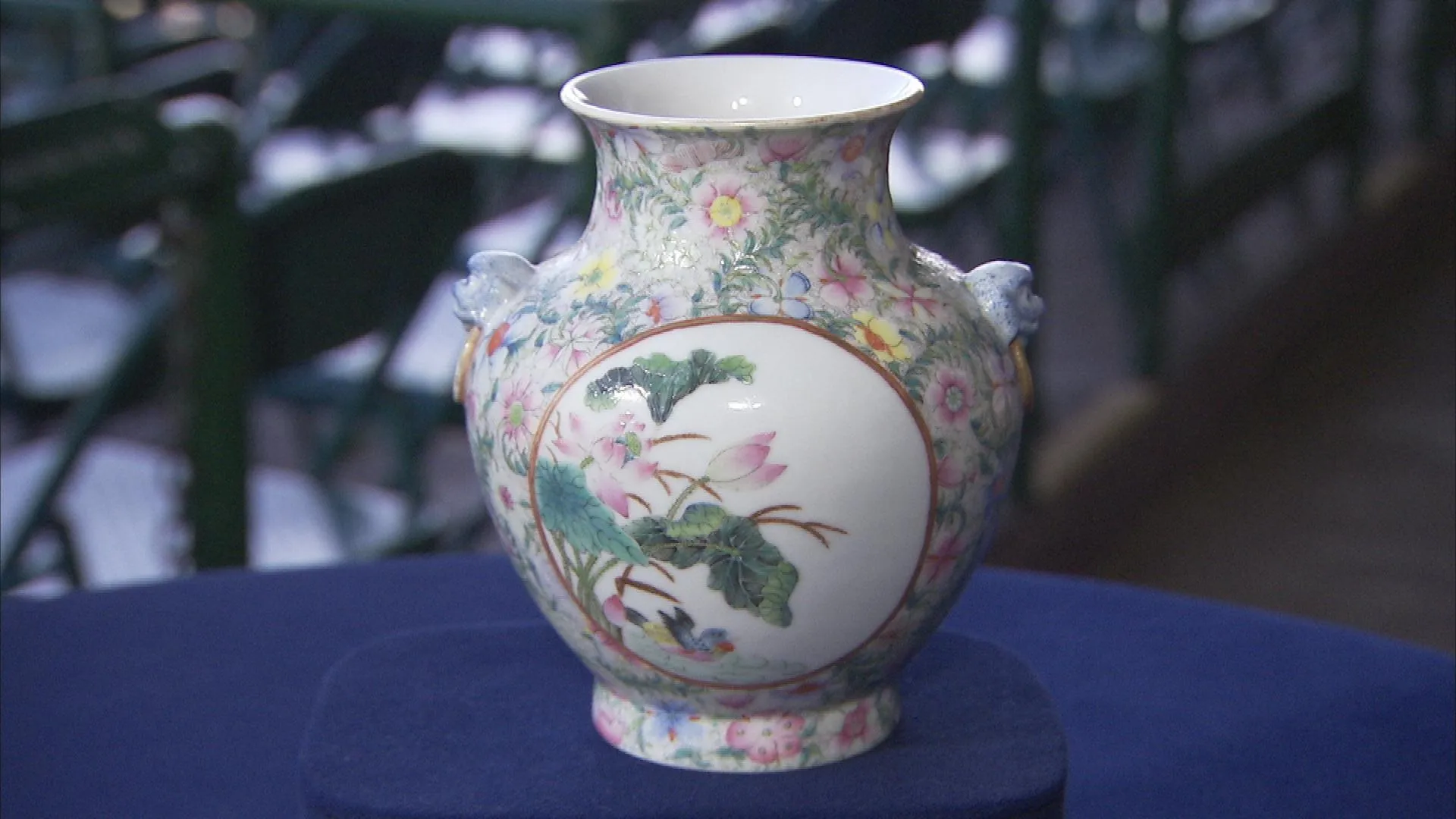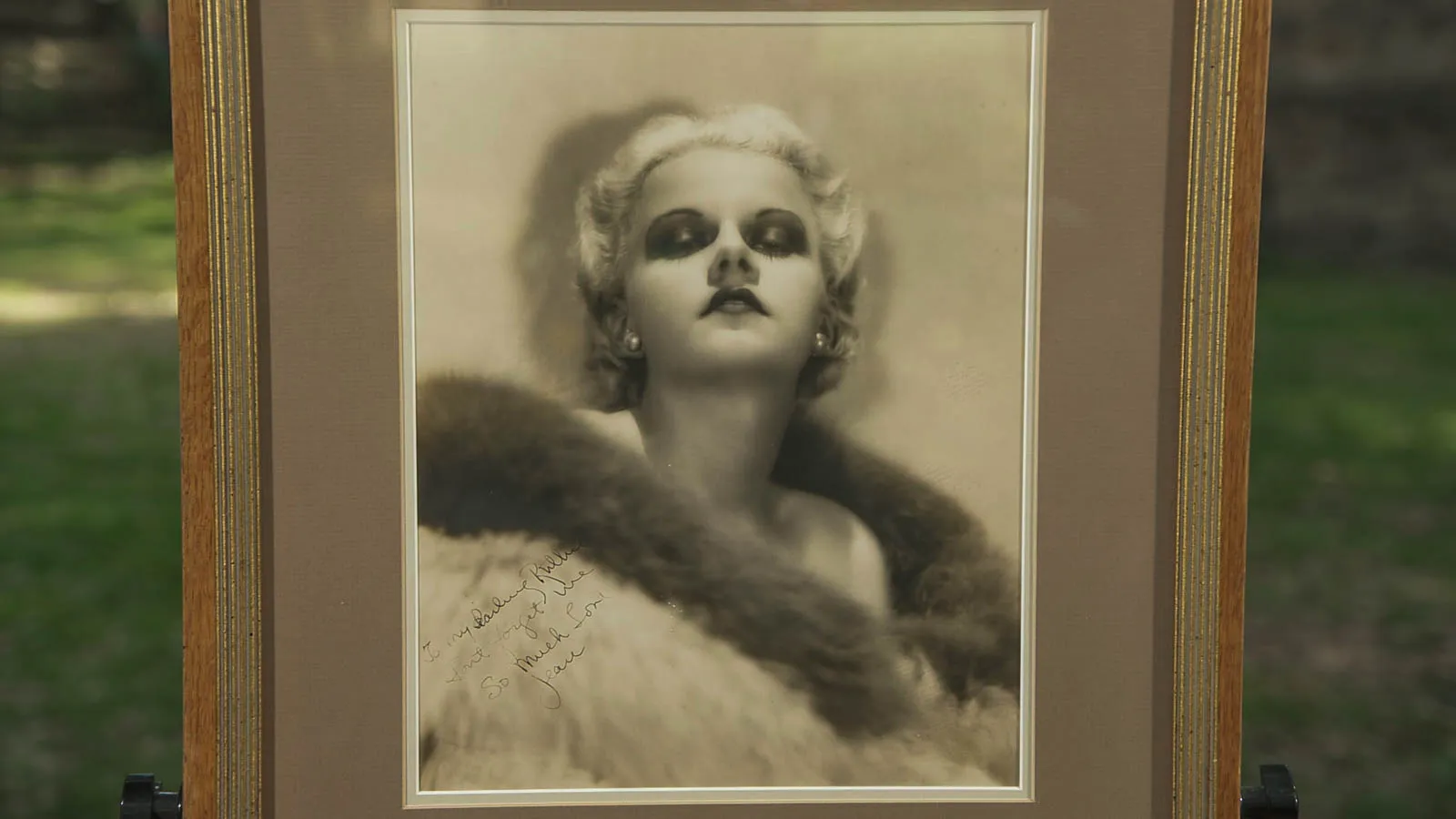GUEST: This is our family Philadelphia highboy. My great-grandmother was a Quaker. She was born in 1850. I think it's older than that, but I don't know how much older.
APPRAISER: This is a Philadelphia Queen Anne flat top high chest of drawers made of figured maple, and I would say it was probably made between about 1730 and '50.
GUEST: Oh.
APPRAISER: And if I had to guess, I would say it's on the earlier side, transitioning out of the William and Mary period into the Queen Anne period, and one of the ways I can tell that is if you look at this superb original bright cut brass with this engraved decoration, this is evolving from the William and Mary brasses into the Queen Anne. And I've got to tell you: I just love, love, love this high chest. You can tell the craftsman really cared not only about the exterior of the piece, but the interior. I can show you how meticulous he was in putting this together. In the corners, he's used chalk to number the drawer back and drawer side. It helps him determine how to put this together. And if we turn around the drawer, we can see that he's written "upper drawer." So this is period 18th century chalk, so he's gone through and laid this out perfectly before assembling it. In the drawer front there, you can see two hash marks, and so he's also using his chisel to mark this as drawer number two. He's chosen a high valued, engraved brass to decorate the front. But for me, that's not what gets my blood going. It's the figured maple. People put a premium on figured maple, and I just love the tiger striping that you see here. It helps draw your eye back and forth up this cabinet. It's a native wood. This kind of figuring is actually an abnormality in the wood, and it's very difficult to determine if a tree is going to have this figuring, so you really don't know until you cut it apart. If you look on the side of the chest, you've got this extra little bead detail, and it's just another excellent touch. If you look at the shape of this wonderful cyma curved apron, it's just a symphony of curves. He's gone above and beyond what most cabinetmakers do. And it transitions into this wonderful cabriolet and these bold feet. We call them Spanish feet. A more common term is a brush foot, which is rare to see. Figured maple is very difficult to carve because the grain is irregular. There are some condition issues. It has been refinished. They've done it gently. There's a lack of depth, a little bit, on the front of the drawers. These two lower drawers, if you compare these brass plates to that brass plate, at some point it's been changed out. Now, I would say the biggest hurt condition-wise is three of the four legs are missing knee returns. A knee return is a transition block that goes from the case to the leg, and it helps create a smoother curve. Now, you are fortunate that this right rear leg retains its original knee return. If it were to come to auction, I would put a conservative estimate of $15,000 to $30,000 on it. So not bad.
GUEST: Not bad. I thought it was cherry. I learned a lot.
APPRAISER: Tiger maple.
GUEST: I learned a ton.


